Instead of merely seeking customers, we pursue partnerships. Our goal is to build long lasting, and mutually beneficial collaborations.
Our Research and Development efforts cover:
With the recent rapid advancements in sensor technology, miniaturization, and Artificial Intelligence (AI), we now have the capability to harness space data in ways never before possible. At SAT4SPACE, we adopt a collaborative approach to explore how hyperspectral cameras and onboard satellite systems can deliver tangible and actionable insights to end-users. Our objective is to anticipate future mission requirements and innovate disruptive instrument concepts that will enhance the data yield of forthcoming missions. Specifically, we focus on assessing water quality from space and managing agriculture and landscapes in the context of climate change
Find examples of projects in this domain here
Quantum technologies have already become a reality in space exploration and have been in use for several years now in various forms (atomic clocks, atomic magnetometers etc…). The manipulation of atoms and quantum states in the extraterrestrial environment is feasible. With the huge advancements of Photonic Integrated Circuits, the miniaturization is now close to a reality.
But can we go one step further? Is there a role for quantum computing in space, and if so, how can it be practically implemented? How does it connect with other quantum technological fields, such as quantum communications or quantum metrology? These are the critical questions we aim to address.
With the resurgence of Mars and Moon exploration programs and the rise of companies dedicated to extraterrestrial ventures, traveling to the Moon and Mars has transcended the realm of science fiction.
In this context, the utilization of LIDAR technology for Mars and Moon missions presents a promising avenue for advancing extraterrestrial exploration. The integration of LIDAR systems could significantly enhance terrain mapping, navigation, and scientific research, facilitating safer and more efficient missions. However, the successful deployment of LIDAR technology in these environments necessitates further technological advancements to address challenges related to spacecraft design, payload constraints, and the seamless integration with other sensors and data processing systems. Our projects aim to tackle these challenges, exploring innovative solutions to harness the full potential of LIDAR technology for future Mars and Moon missions.
Examples of project can be found here.
Are you looking to stay ahead of the curve in anticipating future needs for instrumentation and technology development? Are you eager to join a global consortium to address upcoming challenges in the field? wheather you are :

An institution assessing
potential future missions
or technology advancements,
A research laboratory
with an innovative concept ready
for further exploration
and collaboration,
A small or medium-sized
enterprise (SME) or startup aiming
to offer new services or systems
to the space community,
A non-governmental organization (NGO)
creating groundbreaking services utilizing
space science technologies or data,
A data service provider striving
to foresee upcoming trends
in instrumentation,
A prime contractor
seeking to integrate disruptive
technology to gain a strategic edge
over competitor
- An institution assessing potential future missions or technology advancements,
- A research laboratory with an innovative concept ready for further exploration and collaboration,
- A small or medium-sized enterprise (SME) or startup aiming to offer new services or systems to the space community,
- A non-governmental organization (NGO) creating groundbreaking services utilizing space science technologies or data,
- A data service provider striving to foresee upcoming trends in instrumentation,
- A prime contractor seeking to integrate disruptive technology to gain a strategic edge over competitor

